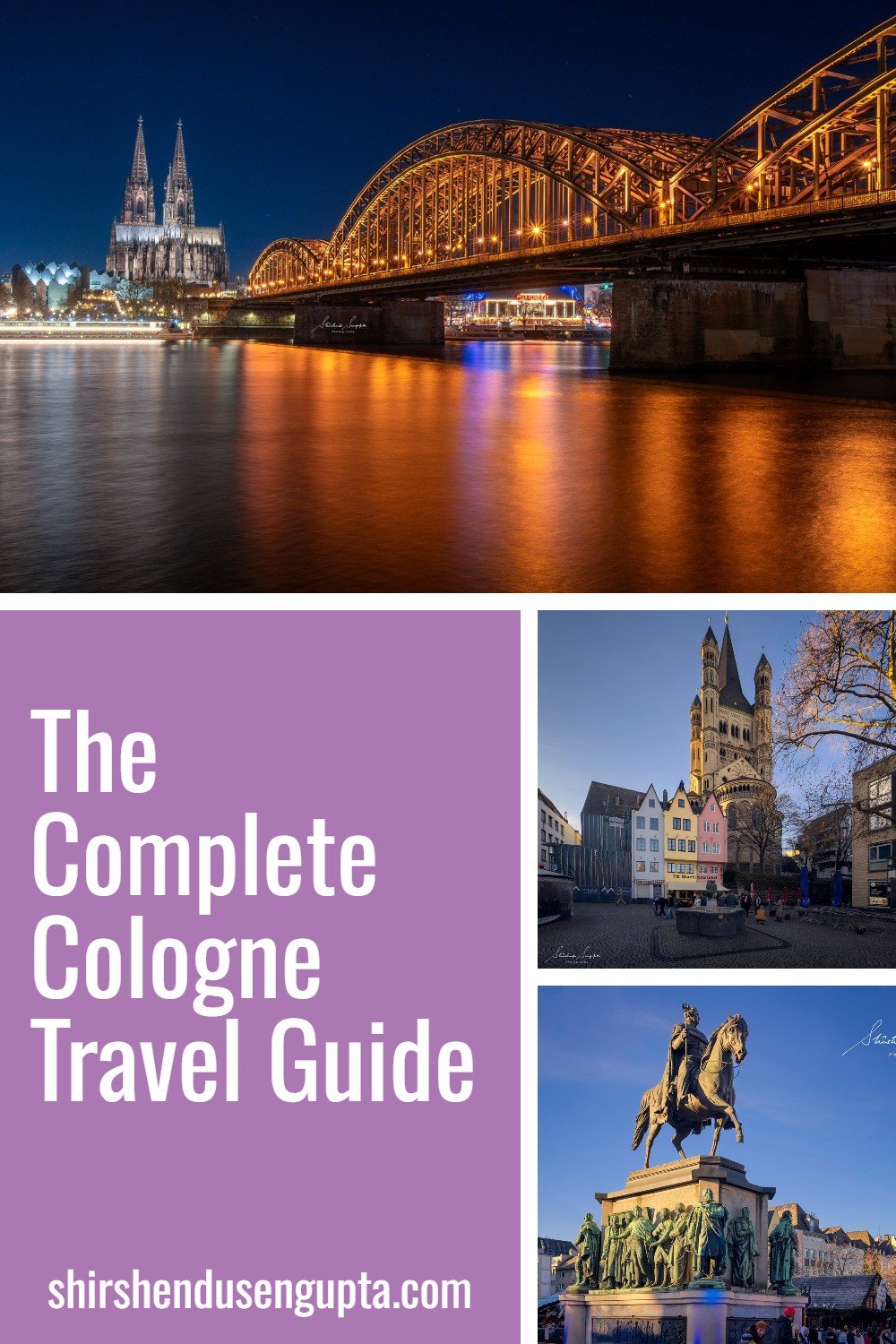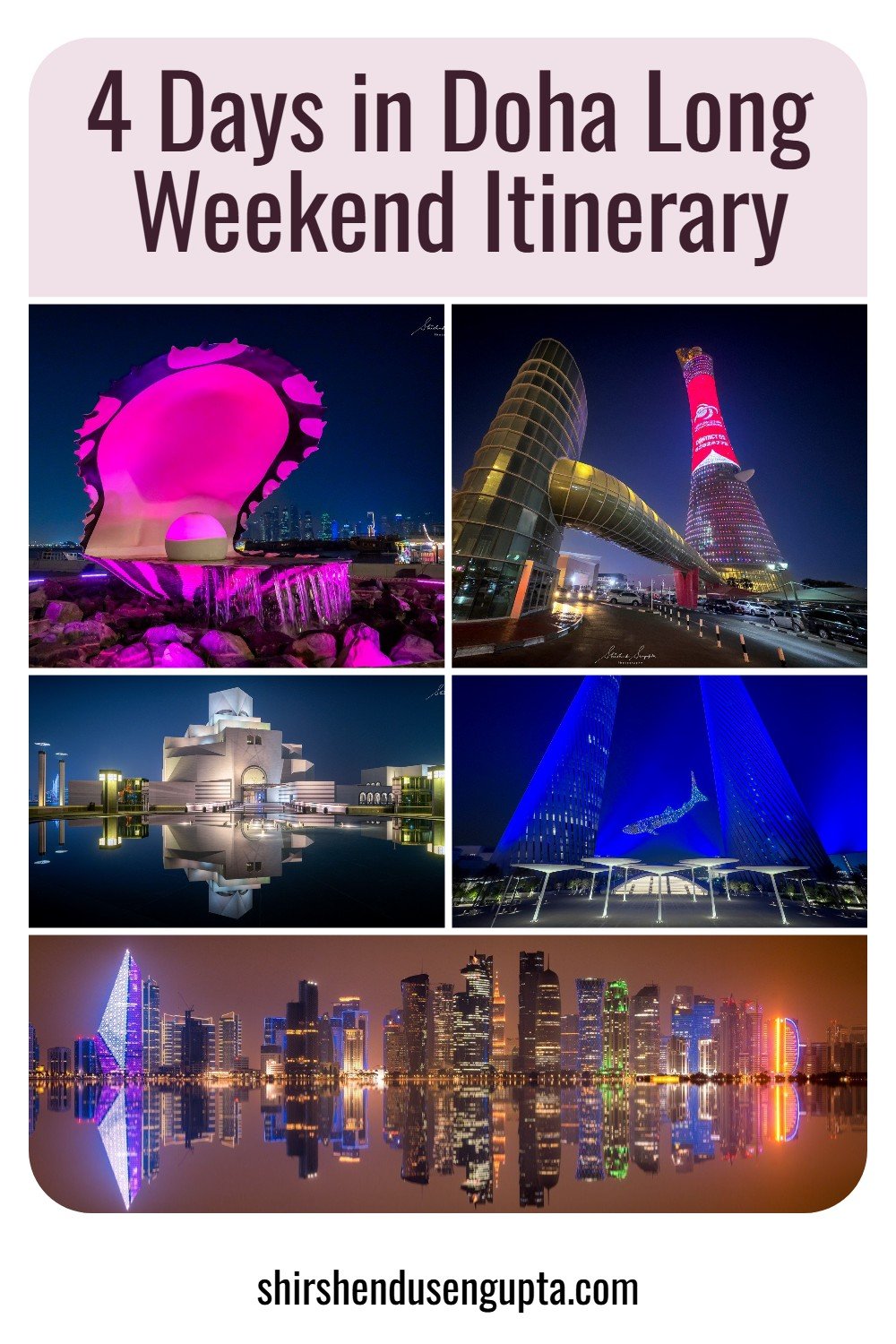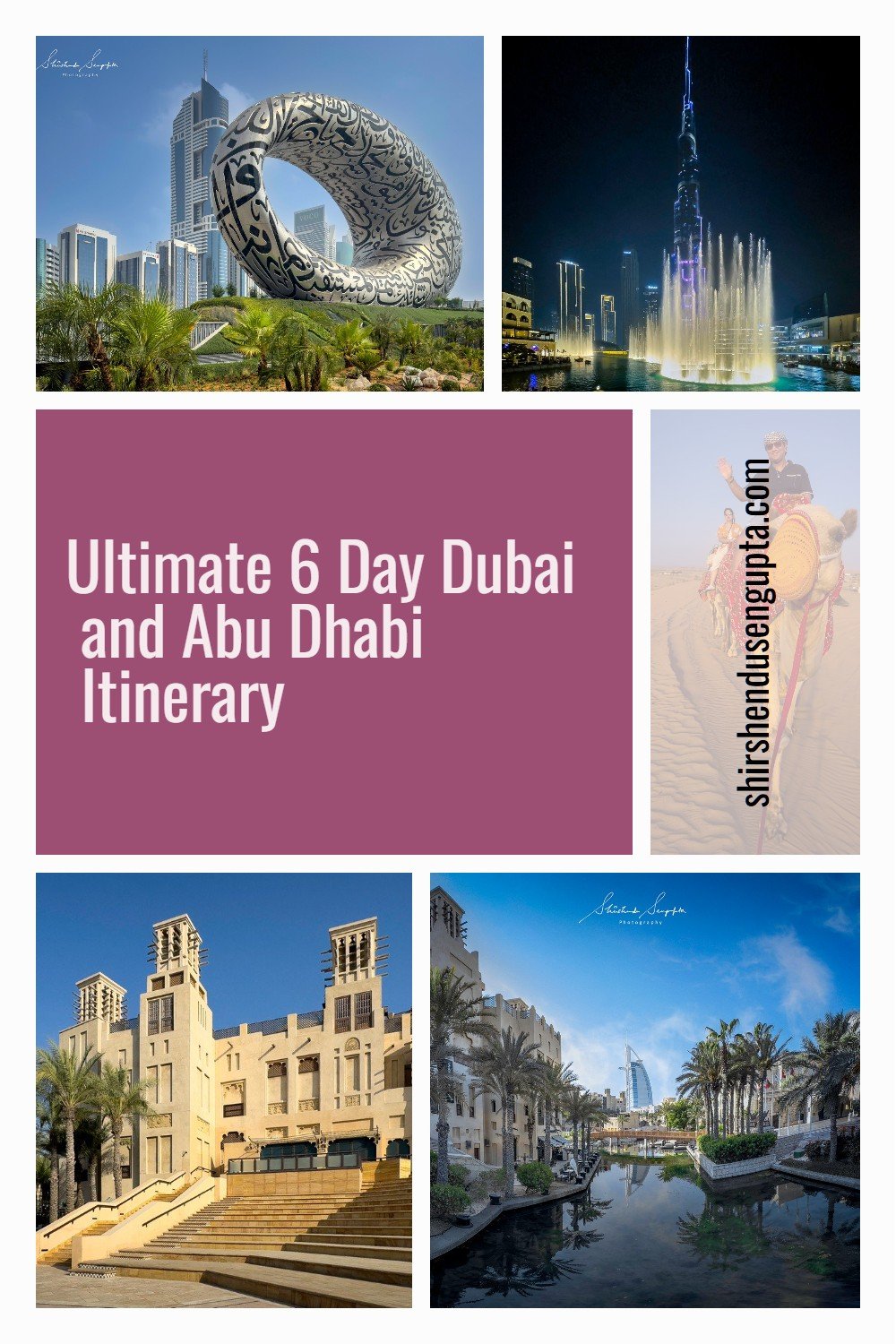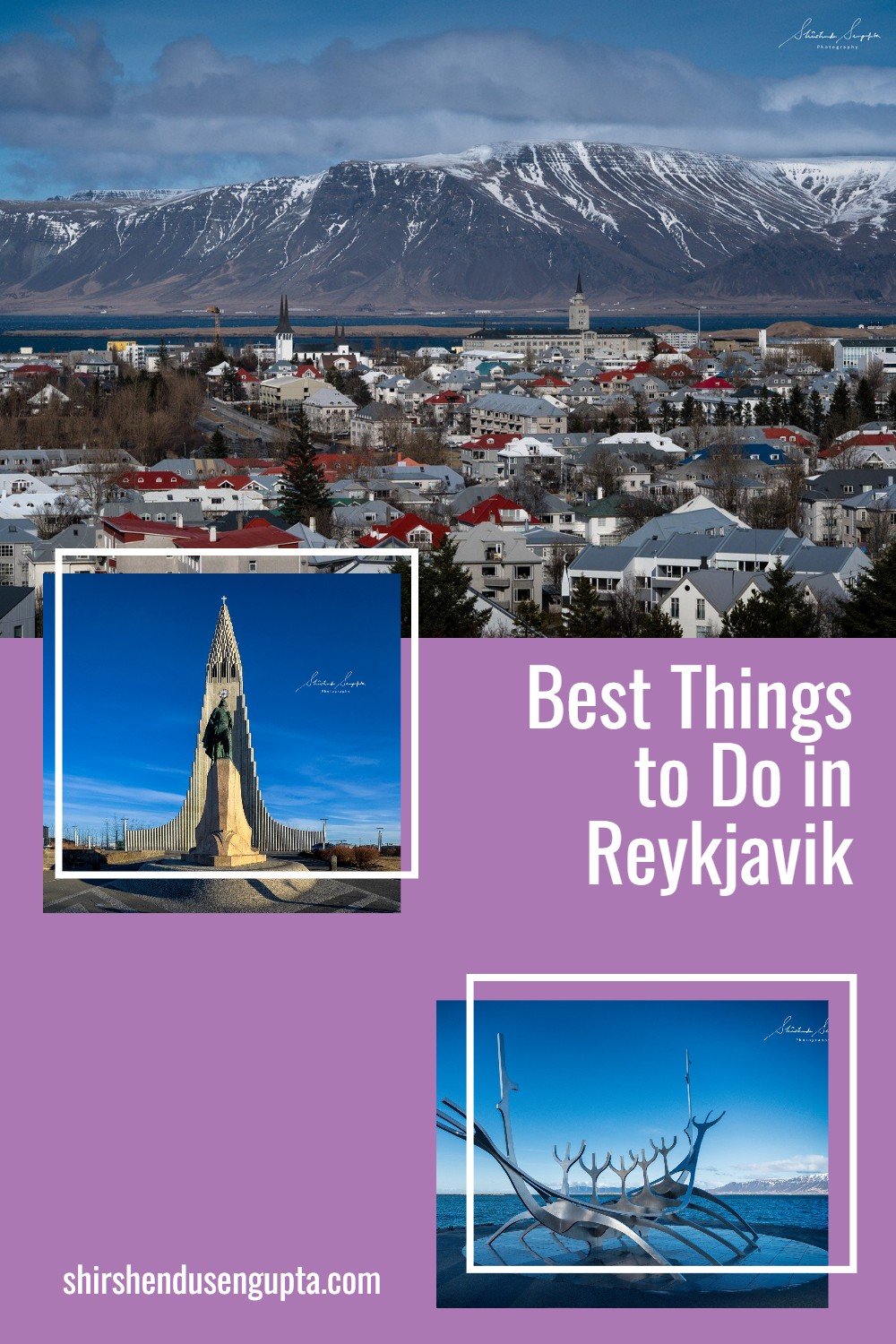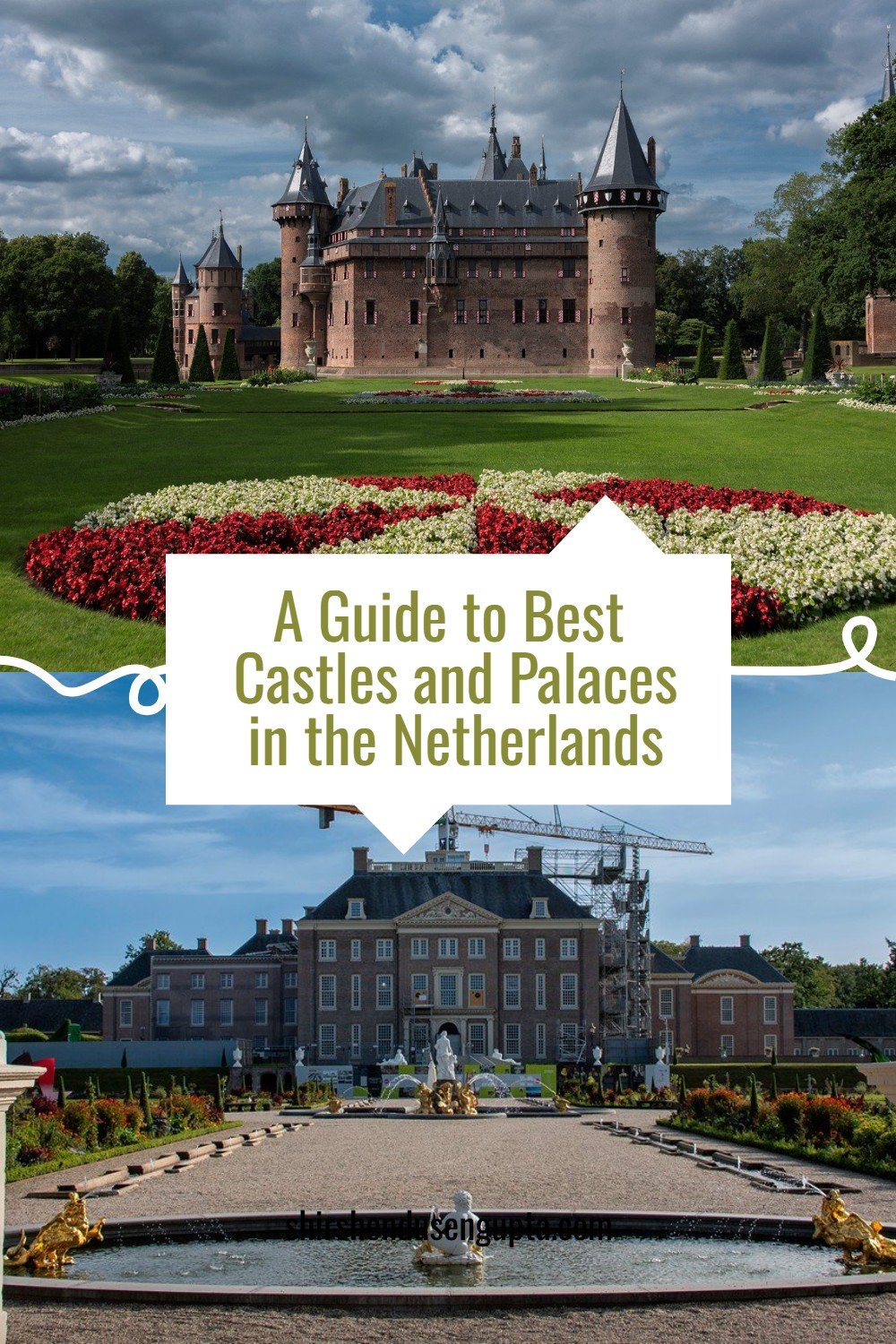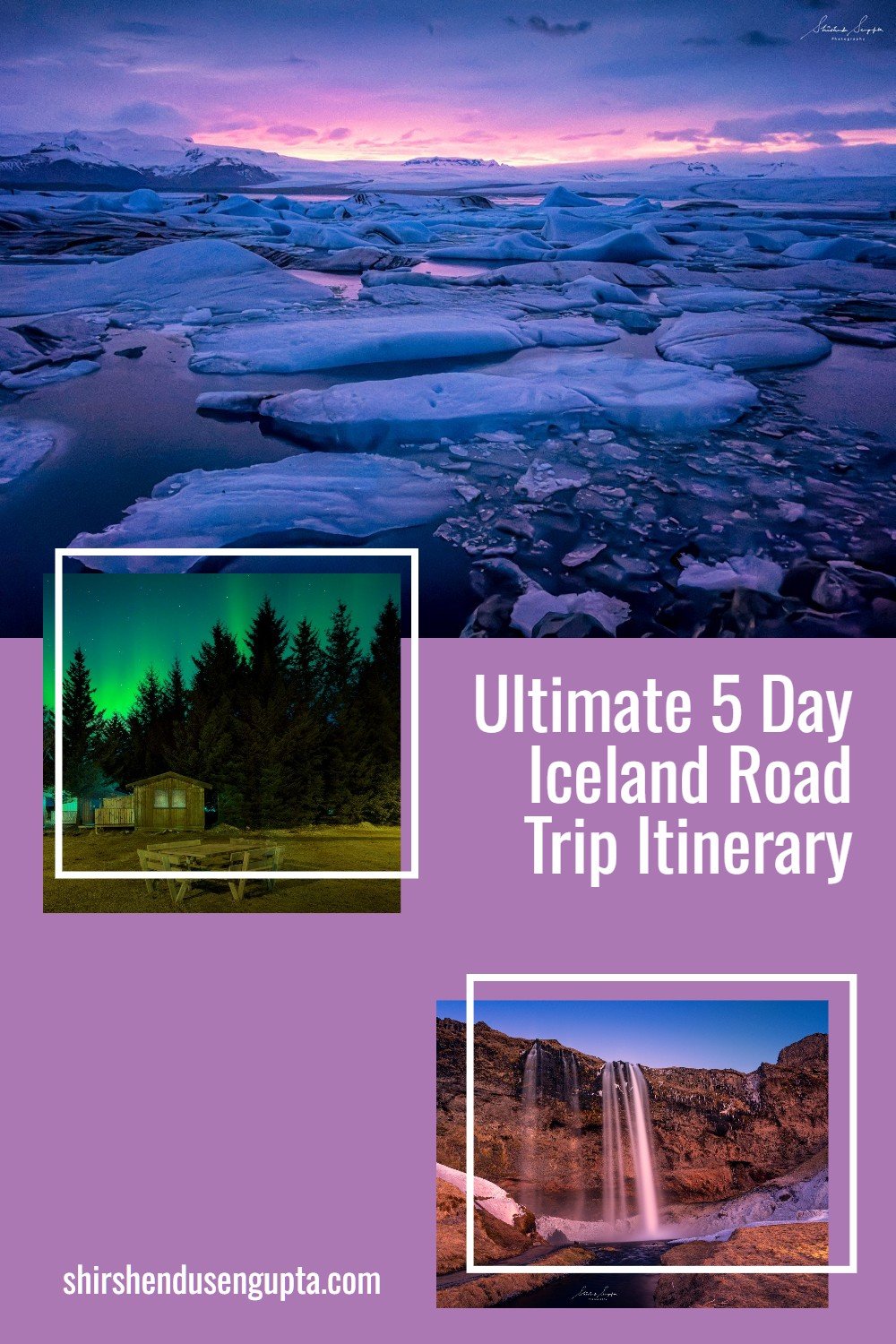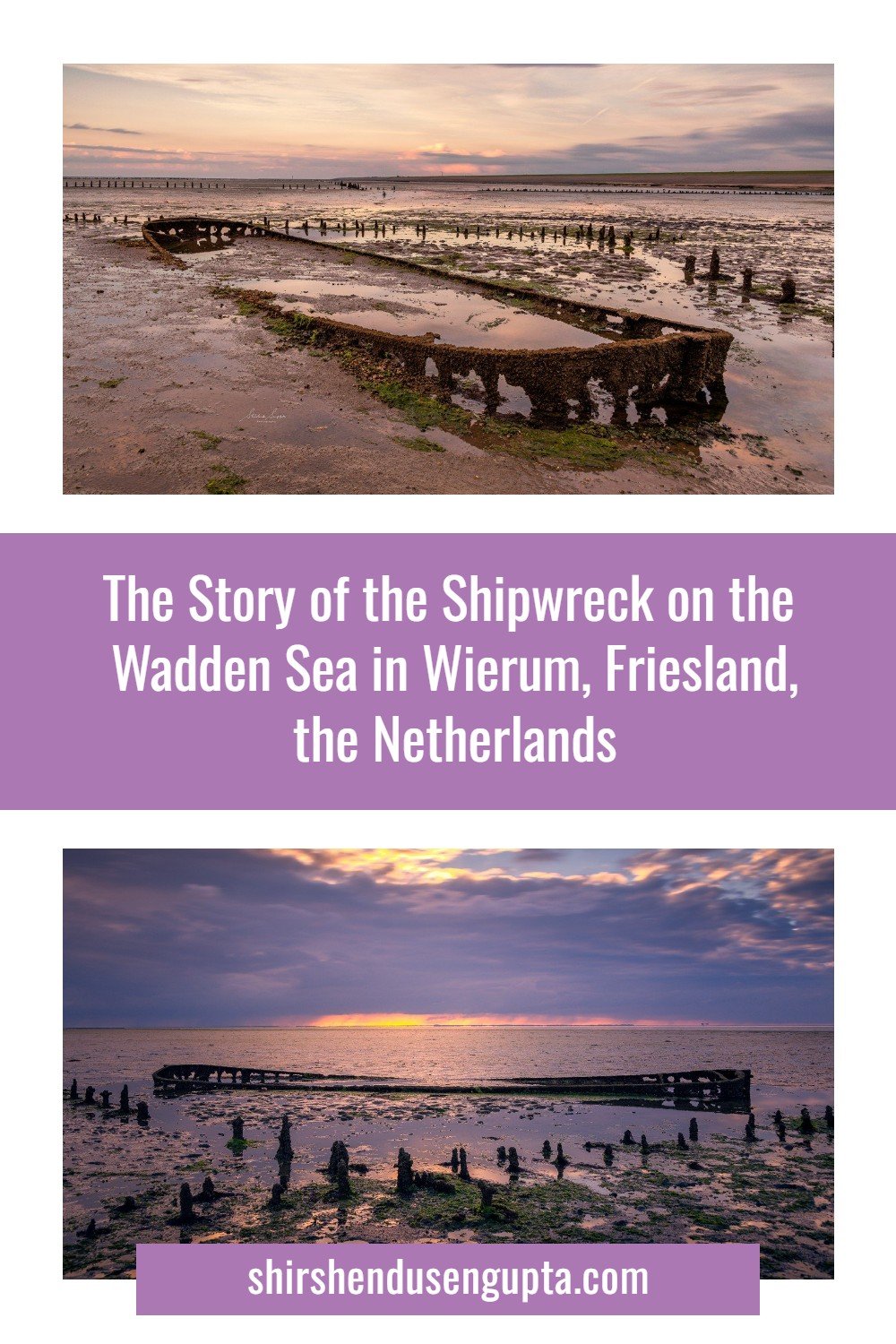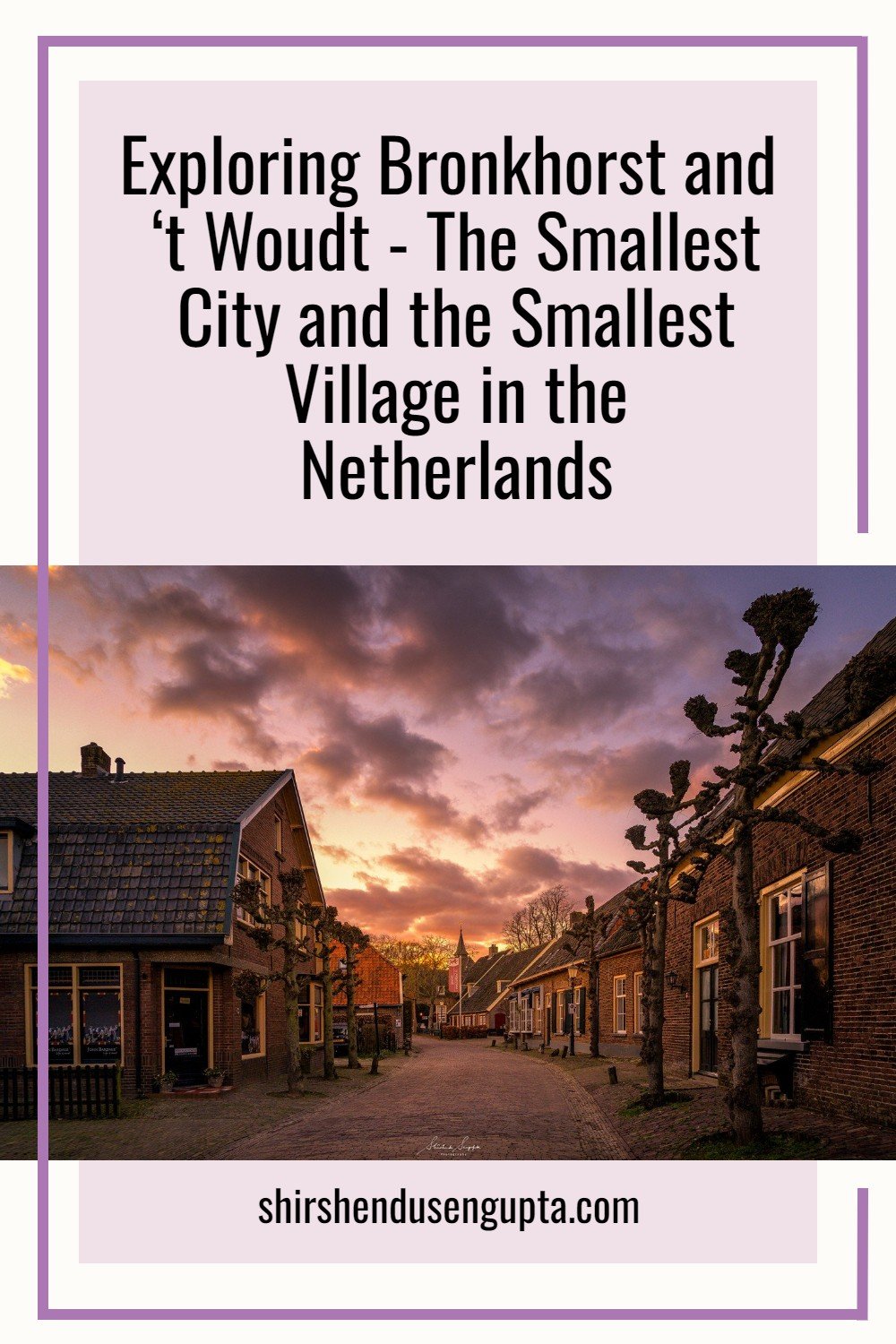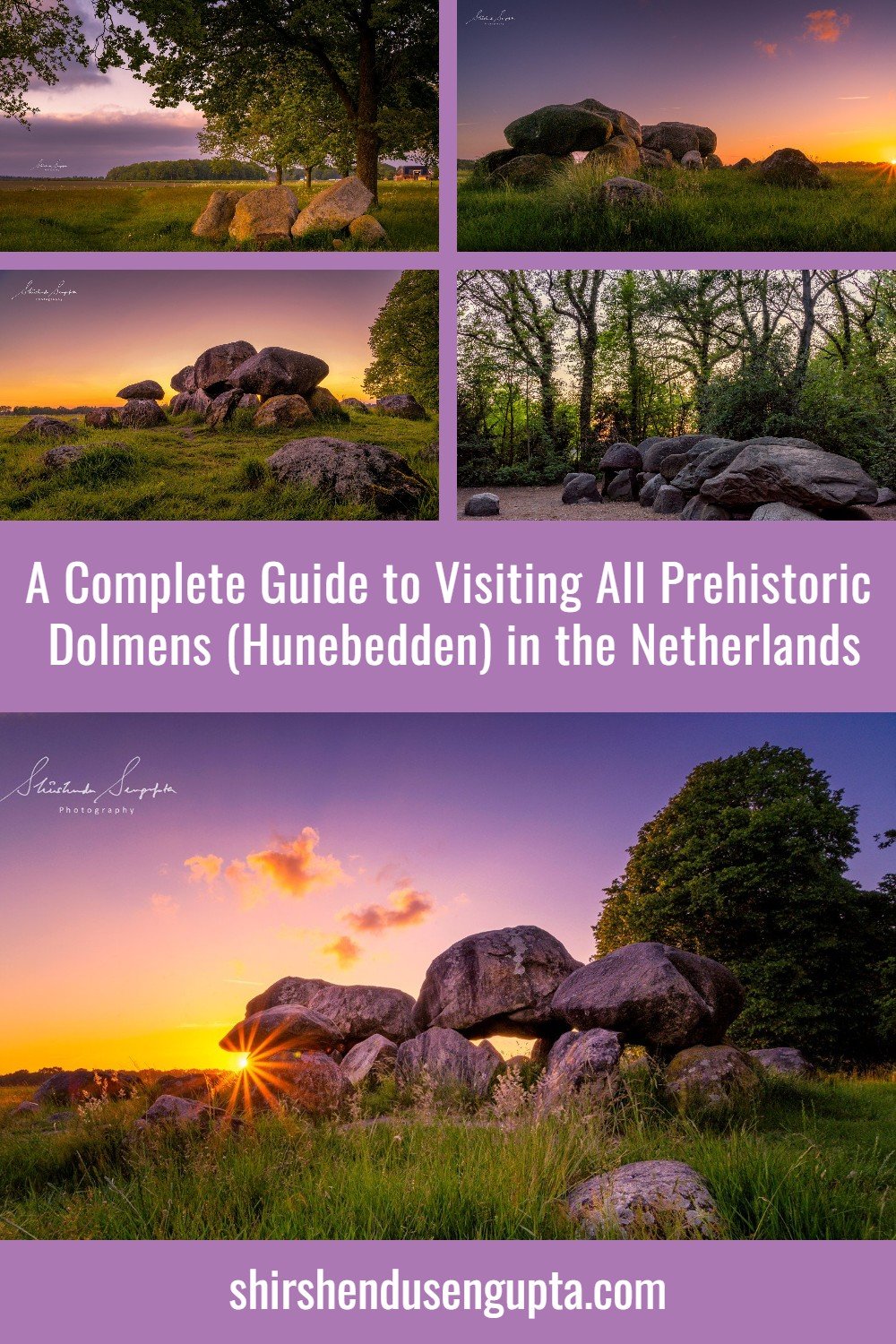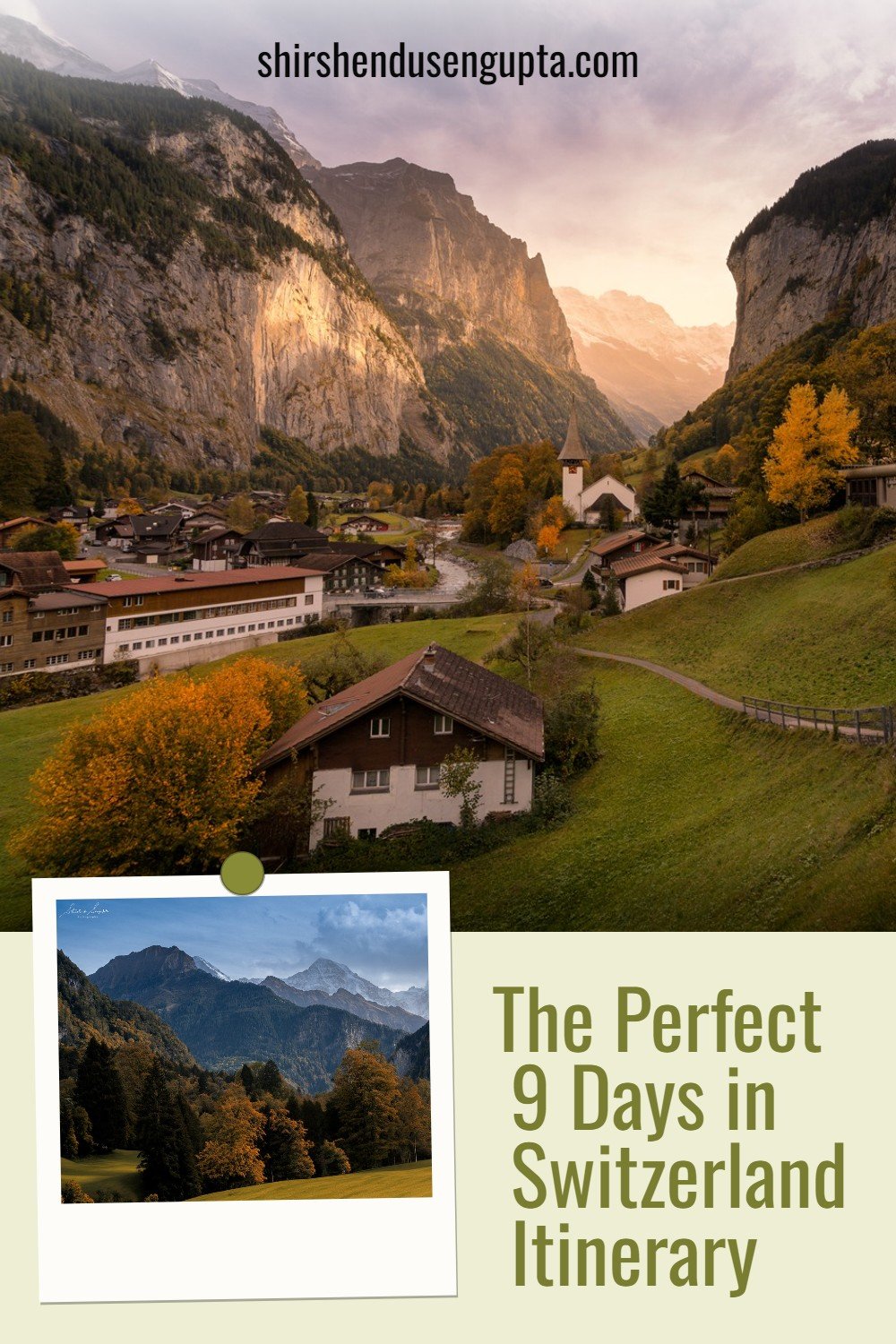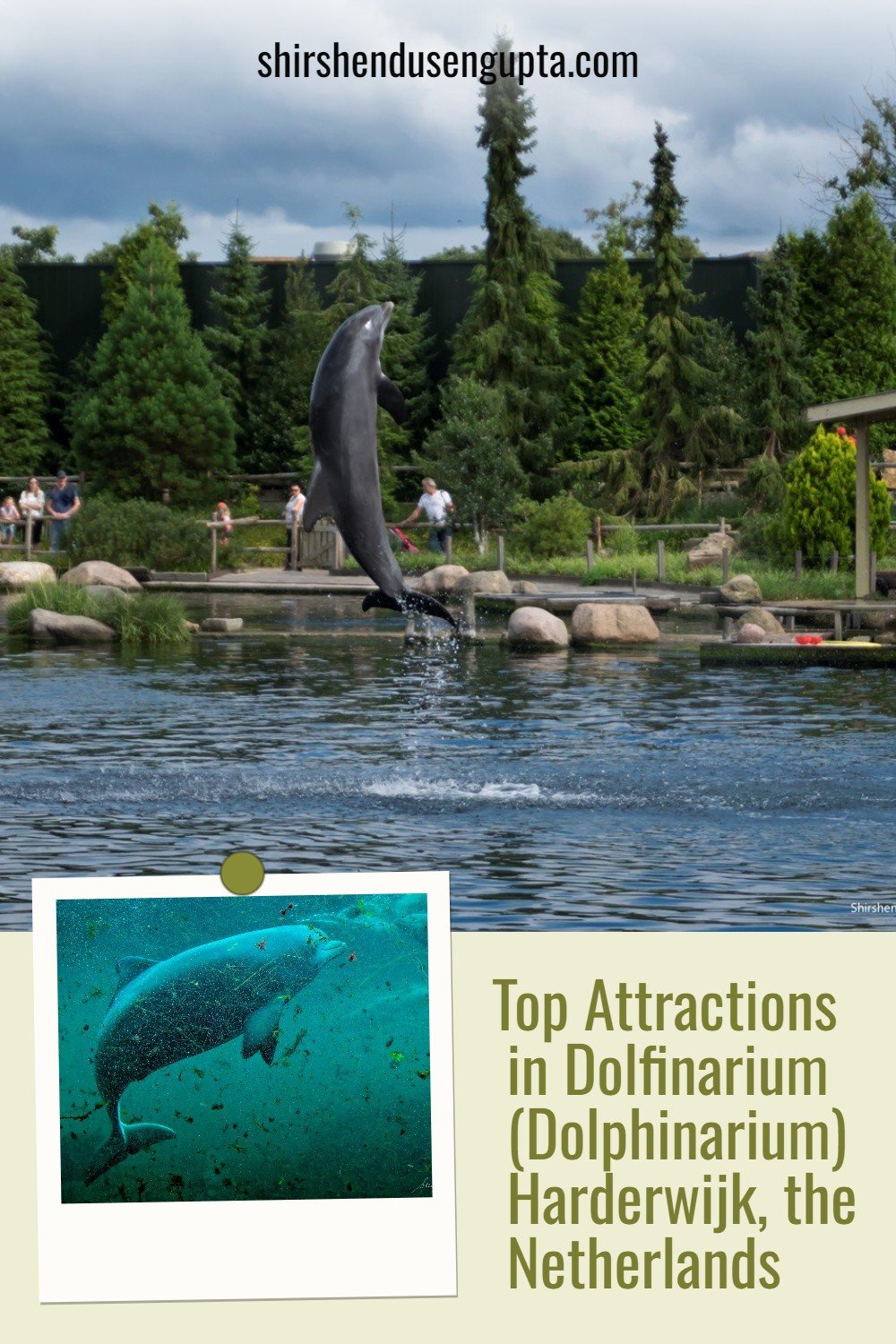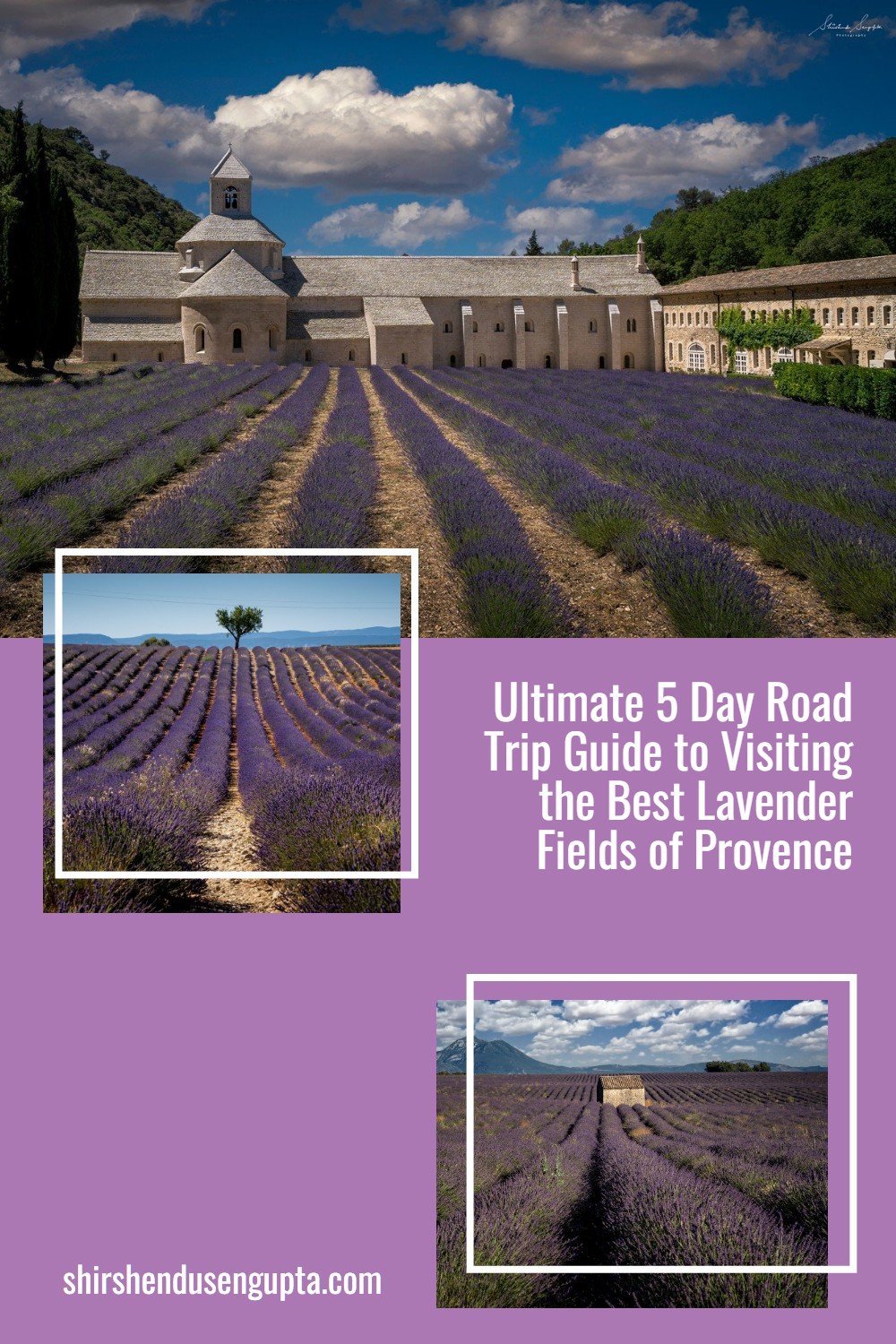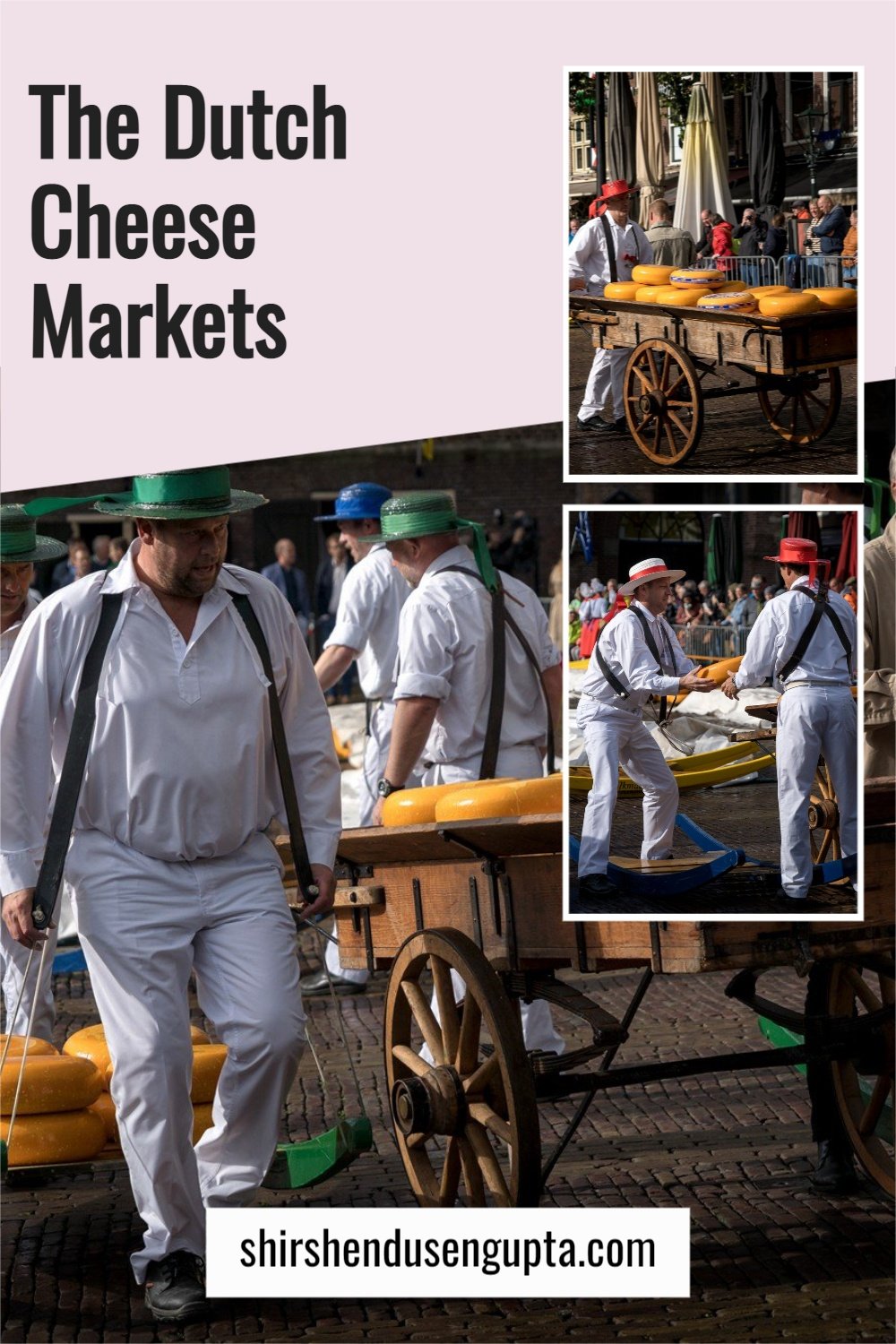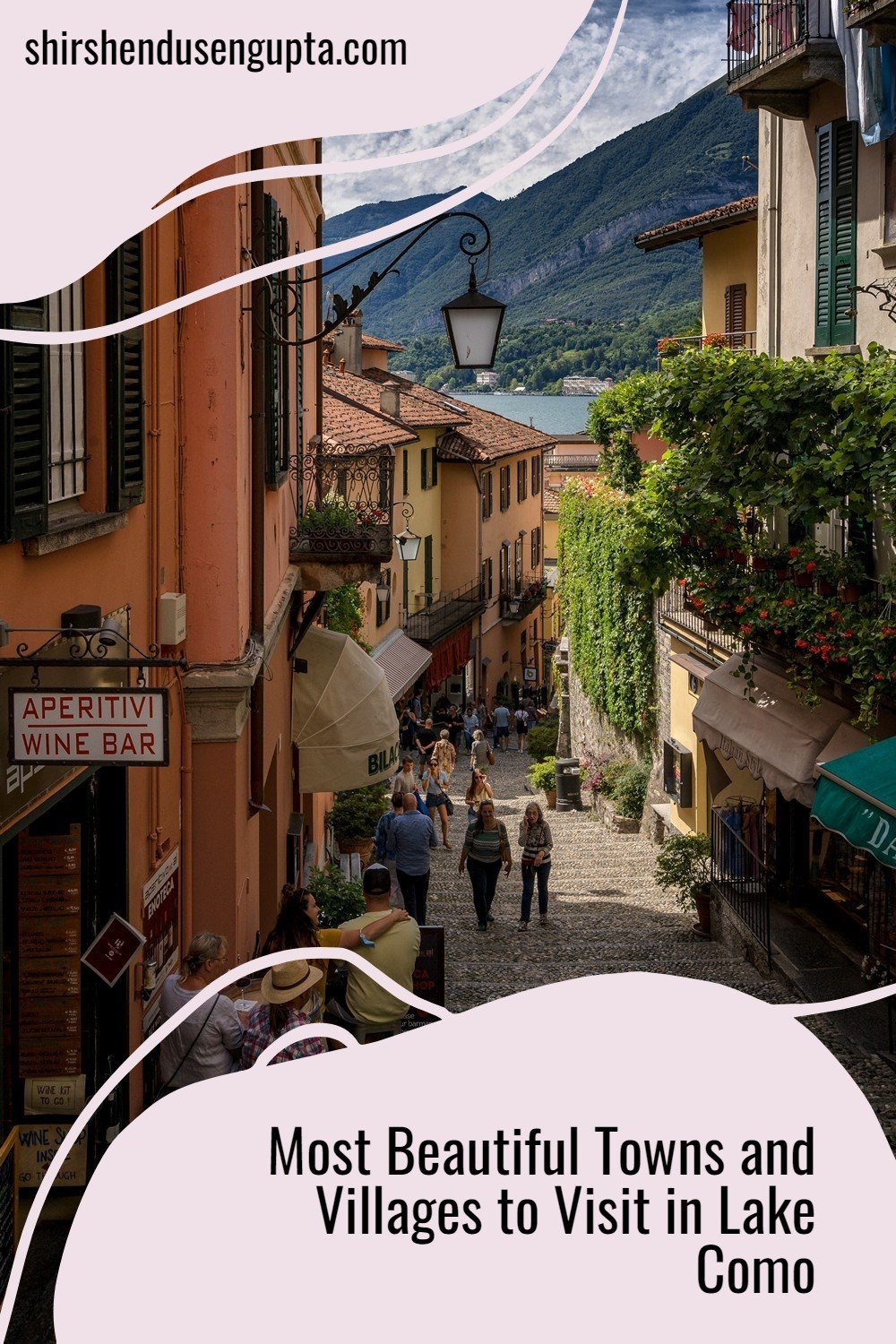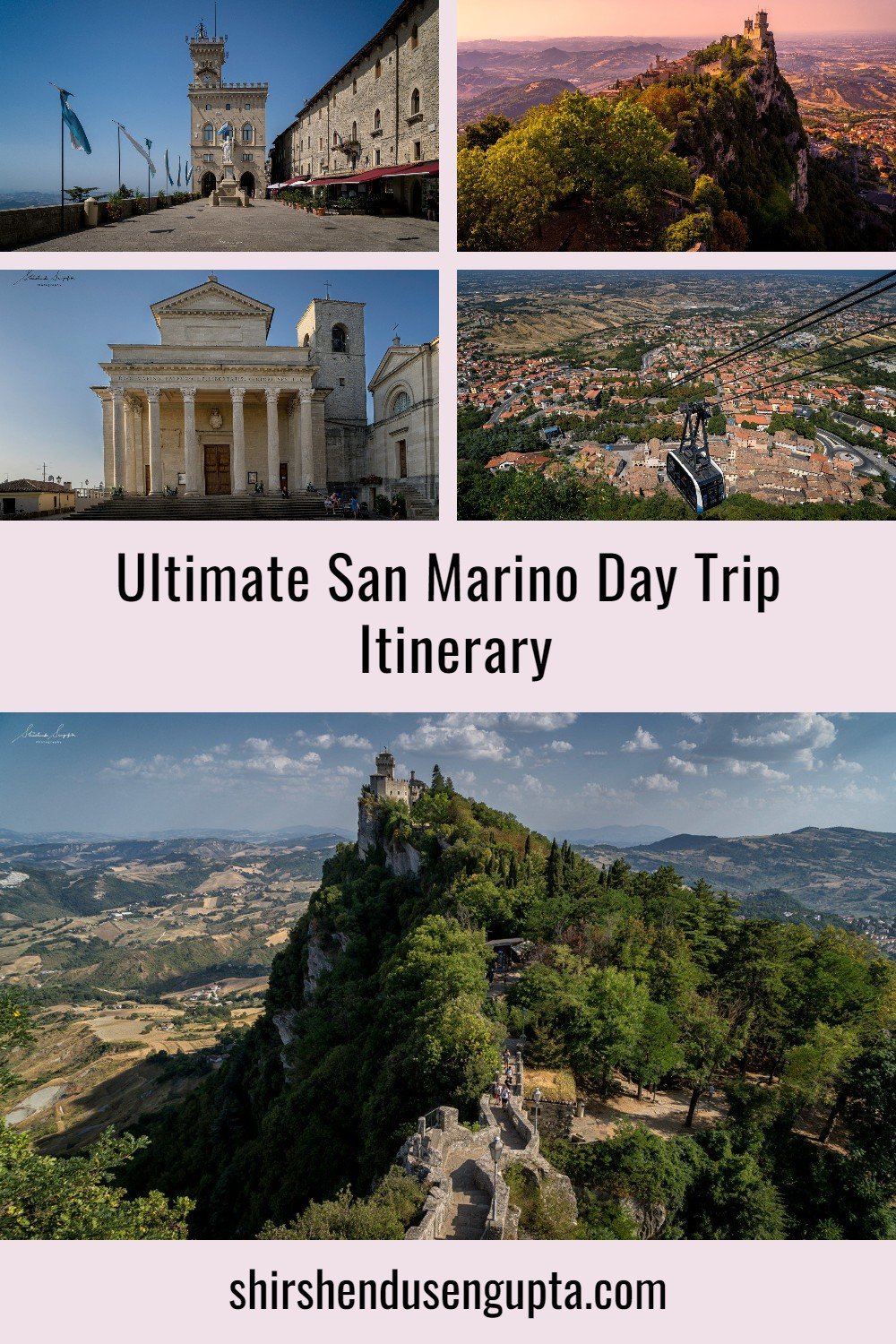10 Most Beautiful Sand Dunes in the Netherlands | 10 Best Dutch Dunes National Parks and Nature Reserves
What are Dunes?
Dunes are mounds of sand that are interlarded with lower-lying regions or dune slacks. Dunes are made by onshore wind and develop along sandy shores with shallow waters. Dune creation can begin with just a little bulge on a beach. Since there is less wind behind the bulge, the wind-blown sand stays put. The dune keeps expanding as long as the wind keeps blowing sand in its direction and it is not washed away. Plants anchor the wind-blown sand with the help of their stems and leaves.
The Dutch Dunes
The Dutch Dunes are ever-changing landscapes as a result of the water and the wind's ongoing effect, extending for hundreds of miles and comprising lakes, woods, and hills that contribute significantly to the Dutch environment. The dunes are home to a diverse array of wild flora and fauna. The dunes provide an essential barrier against the occasionally untamed and rising North Sea because nearly a third of the nation is below sea level. In addition to storm surge protection, these exceptional habitats can deliver a number of amazing experiences right from swimming in the natural freshwater lakes, to a peaceful trek appreciating wildflowers and unusual fauna to biking across rolling hills and conquering windswept vantage points that give breathtaking views in a flat country like the Netherlands.
Today, I’m going to take you along with me on a ride across the 10 most beautiful sand dunes national parks and nature reserves in the Netherlands. Let the journey begin!
10 Most Beautiful Sand Dunes National Parks and Nature Reserves in the Netherlands
1. Veluwezoom National Park (Gelderland)
We start with the most iconic and exceptional dune in the Netherlands. Veluwezoom, a part of Hoge Veluwe (but not the Hoge Veluwe National Park), is the first National Park in the Netherlands, located close to the Hoge Veluwe National Park in the province of Gelderland near the cities of Arnhem and Apeldoorn. It has a hilly landscape with an area of 55 square kilometers, comprising heathlands and sand dunes created during the Ice Age. During early autumn (late August), the blooming heathers turn the place into a purple wonderland which's best viewed from the 90 m high hill of Posbank.
To know more about Veluwezoom National Park and how to visit it, please read our article The Purple Hills of Posbank | The Heather Fields of Veluwezoom National Park, Hoge Veluwe, Gelderland | The Best Place to See Heather Bloom in the Netherlands, and if you want to explore more such hidden gems in the Netherlands, please read our article Netherlands Off The Beaten Track | 43 Best Hidden Gems in the Netherlands.
2. Hoge Veluwe National Park (Gelderland)
The Hoge Veluwe National Park is a Dutch national park close to the cities of Ede, Wageningen, Arnhem, and Apeldoorn in the province of Gelderland. It has heathlands, sand dunes, and woods, covering an area of around 55 square kilometers. It is located in the Veluwe, which is home to the Netherlands' biggest moraine. The majority of the park's and the Veluwe's scenery was developed during the last Ice Age. The alternating heathlands and sand dunes may have resulted from human use of the nearby lands. The park forms one of the Netherlands' largest continuous nature reserves.
3. Soesterduinen Nature Reserve (Utrecht)
The Soesterduinen nature reserve is located on the north side of the Utrechtse Heuvelrug (Utrecht Hills situated between Utrecht and Amersfoort). The Lange Duinen (Long Dunes) and the Korte Duinen (Short Dunes) together form the Soester Duinen, a 'living' drifting sand area. The Soesterduinen comprise a varied landscape of sand drifts, forests, and heathland. The area is a geological monument. The Soesterduinen can be visited all year round.
You can combine your visit to Soesterduinen with the National Military Museum and/or the Pyramid of Austerlitz also located in the Utrechtse Heuvelrug. To know more about the National Military Museum, please read our article Bezoek het Nationaal Militair Museum in Soesterberg, Utrechtse Heuvelrug | Visit the National Military Museum at Soest, Utrecht, the Netherlands, and to know more about the Pyramid of Austerlitz, please read our article Monument De Pyramide van Austerlitz | The Dutch Pyramid of Austerlitz located in Woudenberg (Utrecht), the Netherlands.
4. Schoorlse Duinen Nature Reserve (Noord-Holland)
It was long believed that the highest dune (54 meters) in the Netherlands was located near Zoutelande in the province of Zeeland. However, a measurement from 2014 revealed that the Schoorl dune is the highest dune in the Netherlands at 55.4 meters. Since the free play of the sand was put to an end in 1900 when Staatsbosbeheer began planting trees, in its place today there stands a lovely forest where you can hike, mountain bike, or ride a horse. Just behind the Buitencentrum Schoorlse Duinen (Visitor’s Center), you can find the Duintrap (dune stairs) using which you can reach the highest dune in the Netherlands. From there you can pick a path and stroll through the lovely surroundings, via heath and stretches of drifting sand to the sea.
5. Westduinpark (Zuid-Holland)
In Den Haag, between the beachfront hamlet of Scheveningen, often rated as the "Best Beach in the Netherlands," and the seaside resort of Kijkduin, lies one of the largest nature reserves named the Westduinpark (West Dune Park), hidden behind the well-kept secret beach of Zuiderstrand. This conservation dune park features a widely varied scenery with deep forests and open spaces, moist dune valleys and high dune tops, WWII bunker remnants, and Scottish Highland cows that are allowed to wander freely. Westduinpark is the perfect nature reserve for breathing in the pure sea air because of the numerous hiking, biking, and riding trails.
To know more about Scheveningen and Kijkduin, please read our article, 27 Best Beaches in the Netherlands | Top 27 Dutch Coastal Towns for a Summer Holiday in the Netherlands.
6. Manteling van Walcheren Nature Reserve (Zeeland)
Manteling van Walcheren is the most diverse coastline region in Zeeland located between the beach resorts of Domburg and Oostkapelle at the tip of the Walcheren peninsula. It is one of the few sites left where you can observe dunes growing and changing naturally in the terrain. Here you can witness high dunes, wet dune valleys, and dry grass dunes because of the special influence of wind and water. Old country homes, forests, stretches of dunes (immediately bordering the always audible North Sea), elegant avenues, and meandering trails make up this area.
At the end of the 19th century, artists were drawn to the island of Walcheren by its shoreline and the distinctive light of the region. They included Piet Mondrian. He made his first trip to the village of Domburg in September 1908 on the advice of his fellow artist Jan Toorop, which he immortalized by his painting ‘Dunes of Domburg (1910).’
To know more about the beach resorts of Domburg and Oostkapelle, please read our article, 27 Best Beaches in the Netherlands | Top 27 Dutch Coastal Towns for a Summer Holiday in the Netherlands.
7. Zuid-Kennemerland National Park (Noord-Holland)
Located between the coastal towns of Zandvoort aan Zee and IJmuiden, the Zuid-Kennemerland National Park is a vast region that will enthrall any traveler. More than 100 different species of birds, deer, rabbits, Highland cattle, and European bison are among the diverse and colorful creatures that call this place home. The dunes provide walking and cycling paths, forested areas, lakes, and ponds. They are open from sunrise to dusk. It's the ideal location for a family outing or to get away from the bustle of the city.
To know more about the coastal towns of Zandvoort aan Zee and IJmuiden, please read our article, 27 Best Beaches in the Netherlands | Top 27 Dutch Coastal Towns for a Summer Holiday in the Netherlands.
8. Amsterdamse Waterleidingduinen Nature Reserve (Noord-Holland)
The Amsterdamse Waterleidingduinen, situated south of Zuid-Kennemerland National Park is a nature reserve that supplies drinking water for Amsterdam. The Waterleidingduinen's numerous dunes have been filtering rainwater as the first stage in producing fresh drinking water for Amsterdam's inhabitants since 1853. Bicycles are not permitted inside, which helps to preserve the dune terrain. It's a terrific spot to walk, run, or trek. The region is home to unusual flora and fauna such as foxes and roe deer as well as bunkers that served as defense lines during the Second World War. The Amsterdamse Waterleidingduinen has the Netherlands' greatest collection of toadstools and mushrooms.
9. Loonse en Drunense Duinen National Park (Noord-Brabant)
In the Dunes of Loon and Drunen National Park, the province of North Brabant boasts its very own desert. About 30 square kilometers of shifting sands make up the so-called Brabant Sahara. Contrary to popular belief, the Dunes of Loon and Drunen are not a desert. Instead, they are a vibrant ecosystem with a wide range of flora, including mosses, grasses, heathers, and pines, as well as rich fauna, including songbirds, raptors, roe deer, and badgers.
The region was once a rough, sandy moorland. Due to overgrazing and peat extraction from the heathlands, the region became desolate throughout the Middle Ages, and the exposed sand plains caused the sand to drift. Even entire villages, like Westloon and Efteling, were buried beneath the sand. Today, Efteling is an amusement park near the Dunes of Loon and Drunen and is named after the medieval village that once disappeared under the drifting sand.
To know more about Efteling, please read our article 21 Best Things to Do in De Efteling | Top 21 Attractions in Efteling Theme Park, the Netherlands.
10. Dunes of Texel National Park (Noord-Holland)
A very diverse protected ecosystem can be found along the entire west coast of the Wadden island of Texel. The park includes a beach, dunes, moorland, and woodlands. A wide variety of birds live in this drowned dune valley, which has an open connection to the North Sea. They include spoonbills and common eiders, and other waders visit when the water is high. The spectacle changes with the tide. The top-notch visitor center, houses a museum, dune park, bird sanctuary, and seal and porpoise refuges. The Texel National Park's walking paths are color-coded (green, red, yellow, and blue), with the green paths off-limits during bird nesting season.
To know more about the Wadden island of Texel, please read our article, 27 Best Beaches in the Netherlands | Top 27 Dutch Coastal Towns for a Summer Holiday in the Netherlands.
Visiting the Netherlands
Best Time to Visit: The best seasons to travel to the Netherlands are spring (April to May) when tulips are in full bloom and early fall (September to October) when beautiful fall colors are everywhere. The weather is mild and pleasant during these times, and the crowds are generally smaller compared to the peak summer season (June to August).
Number of Days to Stay: Seven to ten days are perfect for touring the Netherlands. This allows you to visit major cities like Amsterdam, Rotterdam, and The Hague, as well as explore smaller towns and attractions such as Utrecht, Haarlem, Maastricht, and the tulip fields. It also gives you time to experience the Dutch countryside and iconic windmills.
Best Place to Stay: Amsterdam, the capital of the Netherlands, is a great place to start your Dutch exploration. It has a large selection of accommodation options, ranging from high-end hotels to inexpensive hostels. Major attractions in the city include the Rijksmuseum, the Anne Frank House, and the Van Gogh Museum. For those seeking a more contemporary urban experience, Rotterdam is a fantastic choice because of its modern architecture and vibrant cultural scene. Additionally, it is a significant transportation hub that facilitates travel around the country. Den Haag (The Hague) which is the seat of the Dutch government and the International Court of Justice, is home to many historical landmarks, museums, and beaches. For those who like to avoid the bustle of the bigger cities, Utrecht is a wonderful option because of its convenient central location and quaint medieval old town. It has excellent train connections to various regions of the nation.
Best Way to Arrive: Amsterdam Airport Schiphol, one of Europe's busiest airports, serves as the primary international entry point into the Netherlands. It is connected to numerous international destinations. The Netherlands has excellent train connections to its surrounding nations. Amsterdam is connected to cities like Brussels, Paris, London, and Berlin via international trains like Thalys, Eurostar, and ICE. Numerous international bus companies, including FlixBus, run services from different European cities to the Netherlands. You can also drive to the Netherlands by car, especially if you want to explore the surrounding regions. There is a vast road network throughout the nation, and airports and major cities offer car rental services.
Best Local Mode of Conveyance: The Netherlands has a first-grade public transportation system consisting of buses, trains, trams, metros, and ferries. A contactless smart card called the OV-chipkaart is used to board all public transportation. Nederlandse Spoorwegen (NS) runs the trains, which are the most convenient means of transportation between cities. In addition to ridesharing services like Uber, taxis are accessible in all major cities. The Netherlands is well-known for its cycling culture, featuring bike-friendly infrastructure and designated bike lanes all around the nation. Cities in the Netherlands are very walkable, especially the central areas of Amsterdam, Utrecht, and The Hague. In cities like Amsterdam, canal boats are a popular way to see the city from a different perspective. Various companies offer canal cruises and water taxis.
Epilogue
So those were the 10 most beautiful sand dunes national parks and nature reserves in the Netherlands. Please let us know in the comments below if you enjoyed reading this article.
And if you want to check out the best beaches in the Netherlands, please read our article 27 Best Beaches in the Netherlands | Top 27 Dutch Coastal Towns for a Summer Holiday in the Netherlands, or if you want to know about more such places to take fantastic pictures in the Netherlands, please read our article Instagrammable Netherlands | 39 Best Photography Locations in the Netherlands | 39 Top Photo Spots in the Netherlands, or if you want to explore some more hidden treasures in the Netherlands, please read our article Netherlands Off The Beaten Track | 43 Best Hidden Gems in the Netherlands. Until then, merry traveling and happy shooting!
Pin the article
Bookmark the article for reading later!
Want to license/buy photos in the article?
License photos for commercial/editorial use or buy photo prints!
Want us to write an article for you?
Articles for magazines, newspapers, and websites!
Watch our Videos
Check out our videos on our Youtube Channel!
Join the Newsletter
Get updates on our latest articles!
We respect your privacy. Read our policy here.













